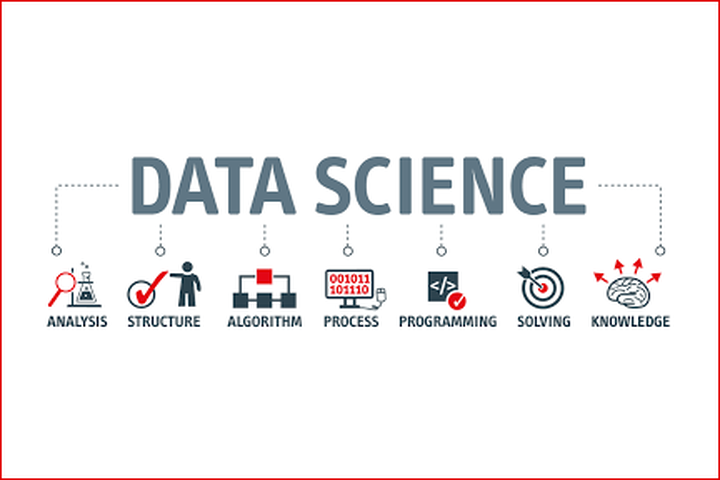Virtual and augmented reality (VR and AR) are transforming the marketing landscape, offering new opportunities for brands to engage with consumers and create immersive, interactive experiences. Here’s a more in-depth look at the role of VR and AR in marketing:
- Immersive experiences: VR and AR offer a unique opportunity for brands to create immersive experiences that transport consumers to another world or place. VR can be used to create fully-realized virtual environments that simulate real-world experiences, such as a virtual tour of a new home or a virtual reality shopping mall. AR, on the other hand, superimposes digital information onto the real world, allowing consumers to interact with digital objects in real-time. These immersive experiences can help build brand awareness, foster customer loyalty, and drive engagement and conversion.
- Personalization: VR and AR technologies allow marketers to tailor experiences to individual consumers, offering highly personalized experiences that are engaging and relevant. For example, AR can be used to create customized product recommendations based on a consumer’s previous purchases or interests, while VR can be used to create unique virtual environments tailored to specific customer segments. This level of personalization can help increase customer satisfaction and loyalty, as well as drive conversions and sales.
- Product demonstrations: VR and AR can be used to demonstrate products in a highly interactive and engaging way, allowing consumers to experience products before they purchase. For example, an AR-powered mobile app could be used to show consumers how a piece of furniture would look in their home, or a VR headset could be used to give consumers a virtual tour of a new car. These product demonstrations can help increase consumer confidence and encourage them to make a purchase.
- Event marketing: VR and AR can be used to create virtual events and experiences that can be accessed from anywhere, at any time. This makes it possible for brands to reach new audiences and engage with customers in a more meaningful way. For example, a virtual reality concert or a virtual trade show can be attended by consumers anywhere in the world, allowing brands to reach a wider audience and foster stronger relationships with customers.
- Gamification: VR and AR can be used to create gamified experiences that are both engaging and fun. For example, a VR game could be used to promote a new product, allowing consumers to experience the product in a playful, interactive way. This can help increase engagement and build brand awareness, as well as drive conversions and sales.
- Data collection and analysis: VR and AR can provide valuable insights into consumer behavior and preferences, allowing marketers to make data-driven decisions about their marketing strategies. For example, data from VR and AR experiences can be used to inform product development and design, as well as to optimize pricing and promotions. This data can also be used to track consumer engagement and measure the impact of marketing campaigns.
- Challenges: Despite the many benefits of VR and AR in marketing, there are also significant challenges that need to be overcome. One of the biggest challenges is cost, as VR and AR technologies can be expensive to develop and implement. In addition, there is a learning curve associated with these technologies, and marketers may need to invest time and resources to develop the skills and knowledge needed to effectively leverage VR and AR in their marketing strategies.
In conclusion, virtual and augmented reality are poised to play a major role in the future of marketing, offering new and innovative ways for brands to engage with consumers and build stronger relationships. However, to fully realize the potential of VR and AR in marketing, brands need to overcome the challenges associated with these technologies and invest in the resources and expertise needed to effectively leverage these cutting-edge technologies. With the right strategy and approach, VR and AR can help drive growth, build brand. To know more abount Virtual and augmented reality enroll with Digital Marketing course in Mumbai, Digital marketing course in Thane and Digital Marketing course in Pune.




